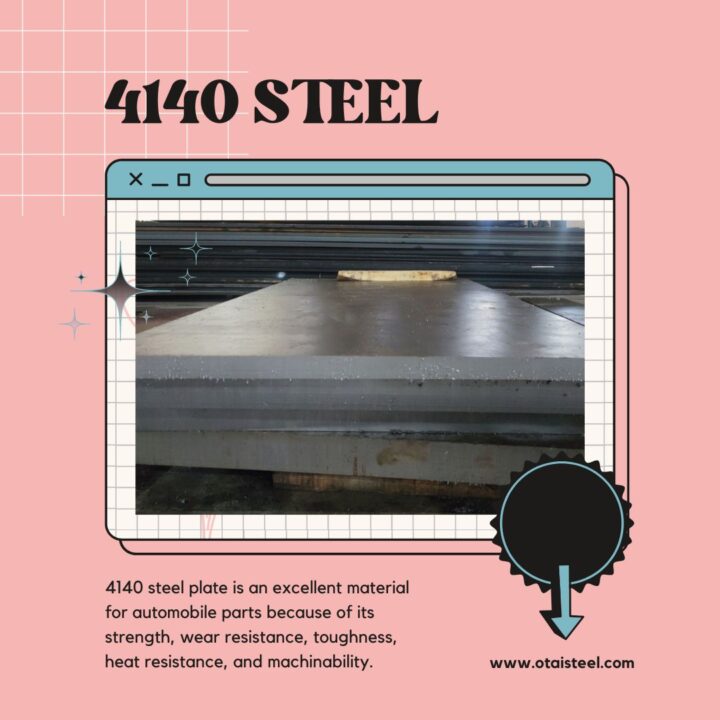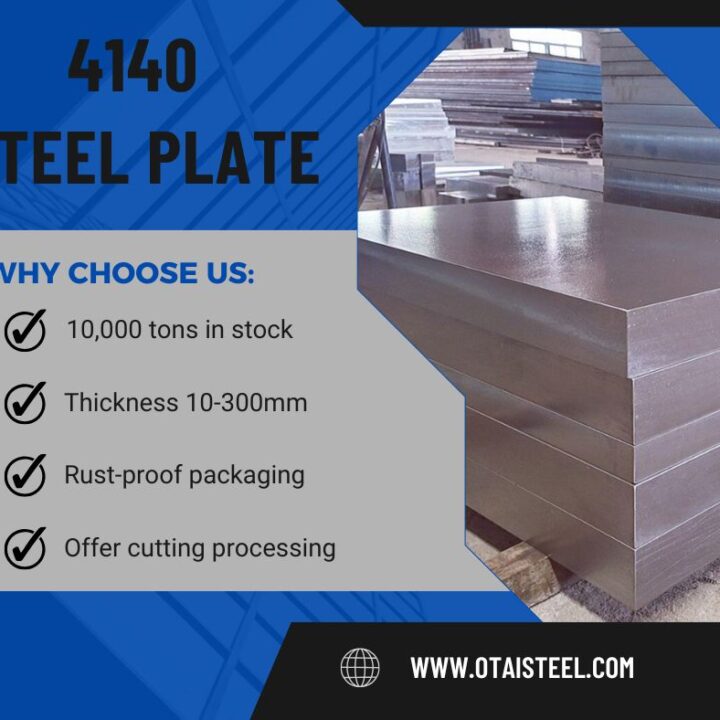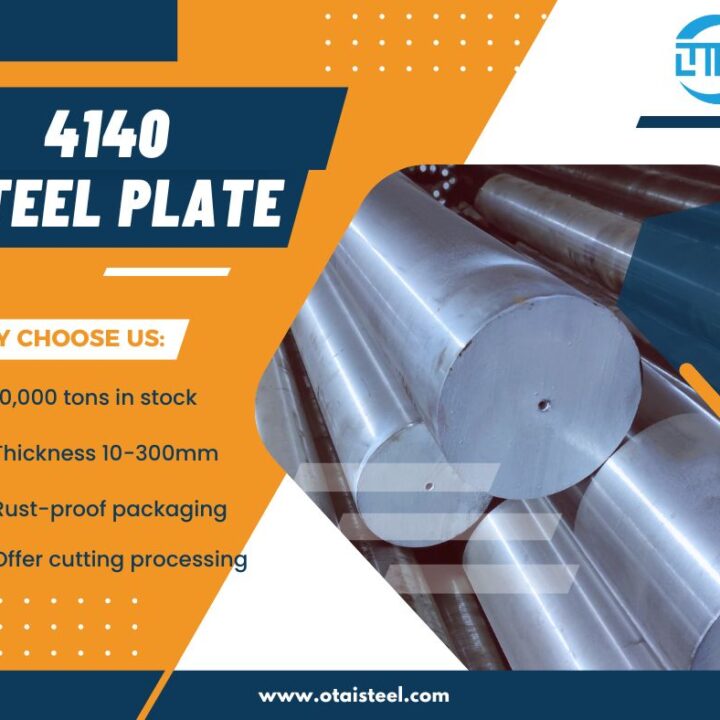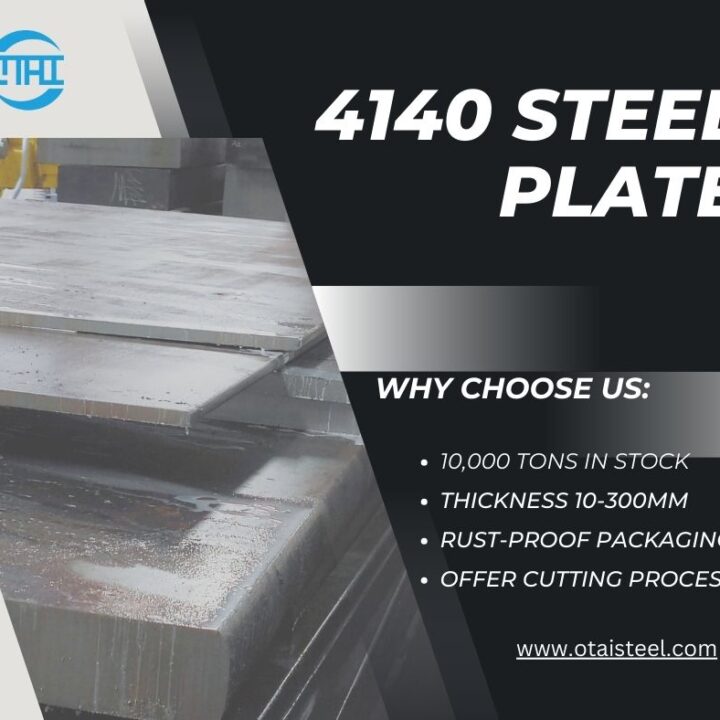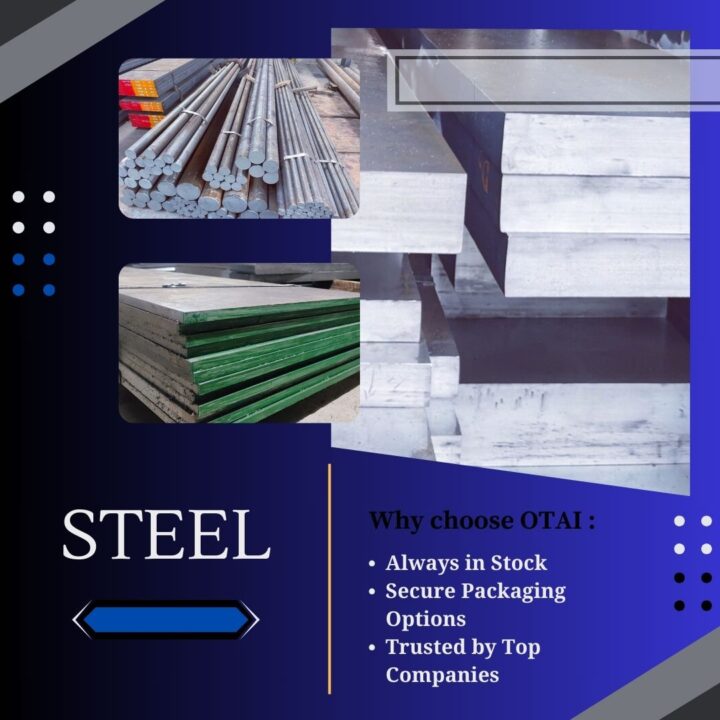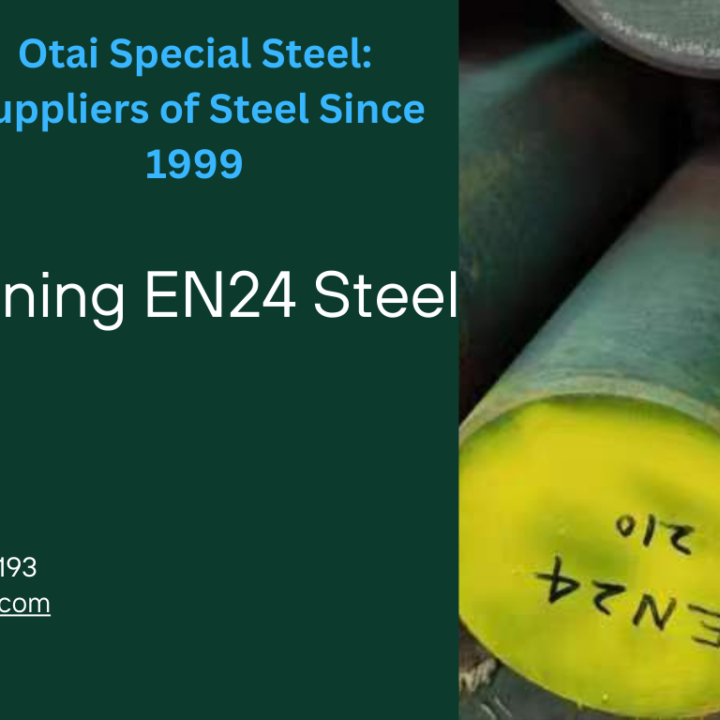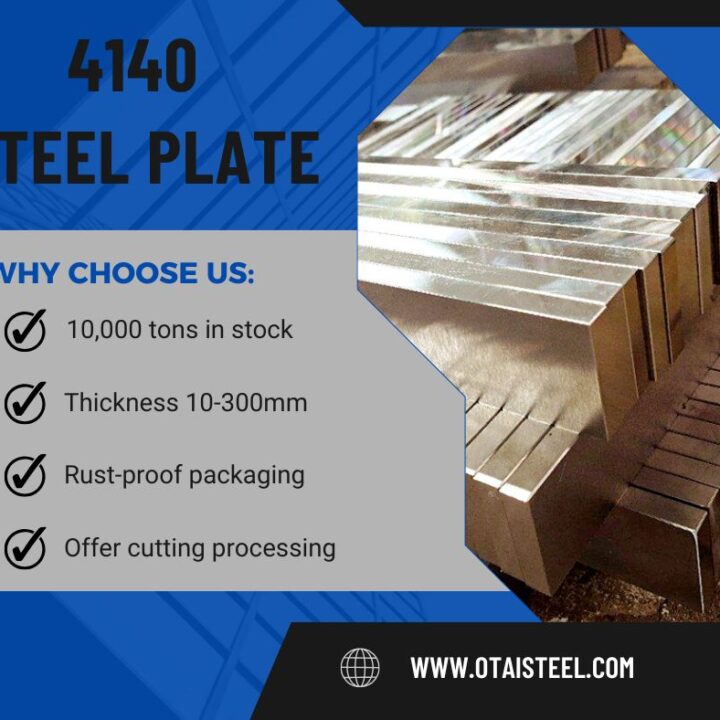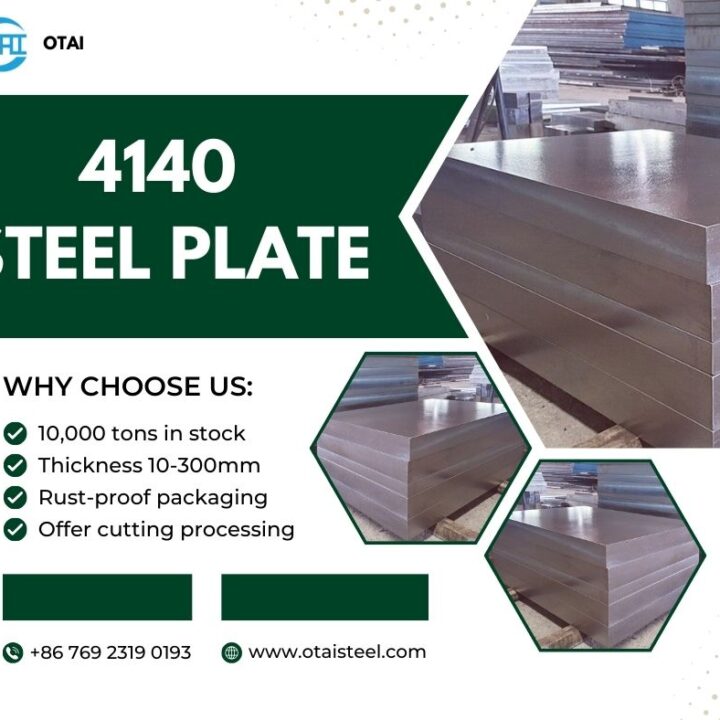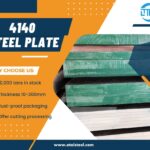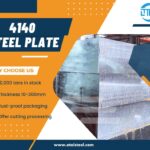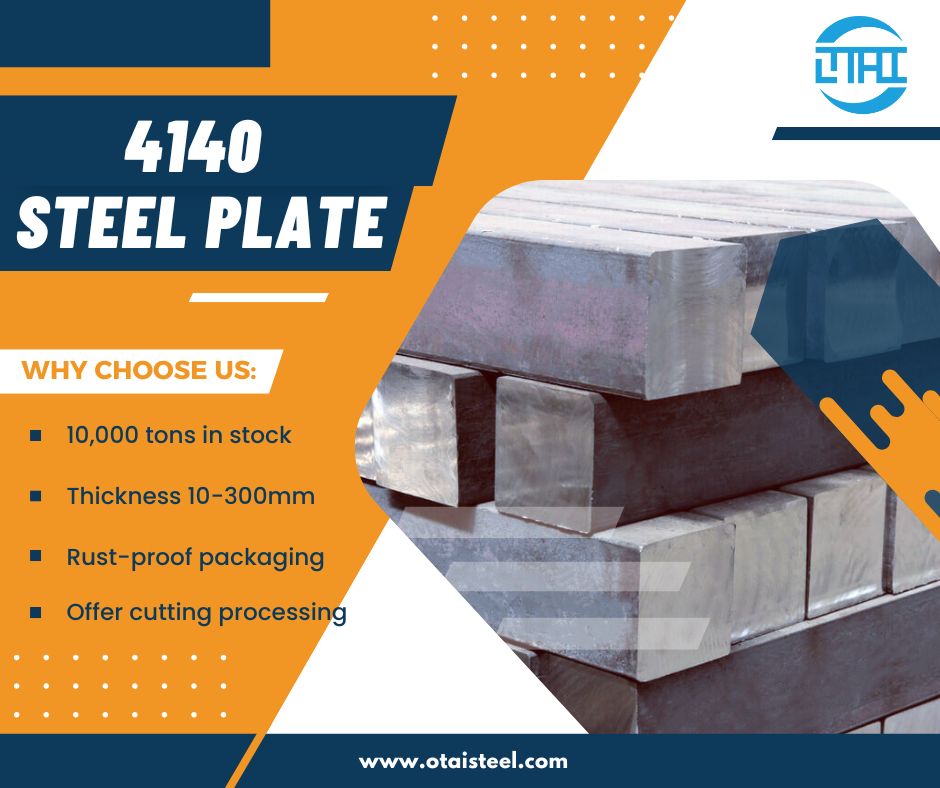 4140 Steel vs 1020 Steel: What’s the Real Difference?
4140 Steel vs 1020 Steel: What’s the Real Difference?
Are 4140 Steel and 1020 Steel the Same Thing?
This is a question we frequently hear from buyers, engineers, and manufacturers:
-
“Is 4140 steel the same as 1020 steel?”
-
“Can I use 4140 steel instead of 1020 in my application?”
The simple answer? No, they’re not the same thing.
Here’s why:
4140 steel is an alloy steel containing chromium and molybdenum. It’s known for its excellent strength, toughness, and resistance to wear. It’s commonly used in structural, automotive, aerospace, and machinery applications where high performance is required.
On the other hand, 1020 steel is a low-carbon steel with minimal alloying elements. While it’s cost-effective and easy to machine, it doesn’t have the same strength or durability as 4140.
Understanding these differences is crucial to making the right choice for your project—whether you’re working on custom parts or mass production.
Mechanical Properties: 4140 Steel vs 1020 Steel
Let’s break down the key mechanical properties of 4140 and 1020 steel:
| Property | 4140 Steel | 1020 Steel |
|---|---|---|
| Material Type | Chromium-Molybdenum Alloy Steel | Carbon Steel |
| Tensile Strength (MPa) | 850 – 1000 | 400 – 470 |
| Yield Strength (MPa) | ~655 | ~250 |
| Hardness (HRC) | 28 – 32 | 120 – 140 (untreated) |
| Elongation (%) | ~25 | ~28 |
| Heat Treatment | Optional (QT or Annealed) | Annealed |
| Cost | Moderate | Low |
As you can see, 4140 steel has superior tensile strength, yield strength, and overall toughness. It’s specifically designed to withstand heavy-duty stress, making it ideal for components like gears, shafts, and structural parts that require durability.
1020 steel, on the other hand, is a more basic material with much lower strength. It’s typically used for parts that don’t undergo extreme stress or require high fatigue resistance.
Can You Use 4140 Steel in Place of 1020 Steel?
In some cases, 4140 steel can be used instead of 1020, but it’s not always necessary, and here’s why:
-
Cost: 4140 steel is significantly more expensive than 1020 steel. If you don’t need the added strength and durability of 4140, using it might be overkill.
-
Machining: 4140 steel is harder to machine than 1020 and requires more advanced tools, while 1020 is much easier to work with.
For lighter-duty applications like brackets, support structures, and frames, 1020 steel will get the job done at a lower cost. But if you’re designing for components that will experience high stress, continuous loading, or fatigue, 4140 steel is the better choice.
When to Choose 4140 Steel vs 1020 Steel
Choosing the right material depends on the application and the performance requirements. Here’s a quick breakdown:
| Application Type | Recommended Material | Why? |
|---|---|---|
| General structural parts | 1020 Steel | Cost-effective, easy to machine |
| Heavy-duty parts (shafts, gears) | 4140 Steel | Superior strength, toughness, and fatigue resistance |
| Machinery frames, supports | 1020 Steel | Ideal for non-critical parts |
| Automotive parts (high-load) | 4140 Steel | Better strength, wear resistance |
For example, a client in the construction sector was using 1020 steel for heavy-duty machinery components. However, after experiencing frequent failures under load, they switched to 4140 steel, which significantly improved the lifespan of the parts.
In contrast, for simple support structures or non-critical parts, 1020 steel is often more than sufficient and offers a much lower cost.
Machinability and Heat Treatment: What You Need to Know
When it comes to machining and heat treatment, 4140 and 1020 have key differences.
-
1020 steel is easy to machine, especially in its annealed state. It’s perfect for applications where complex machining isn’t needed.
-
4140 steel, on the other hand, requires more precise tools and slower speeds for machining. It’s ideal for applications that demand precision and strength.
Here’s a quick comparison:
| Feature | 4140 Steel | 1020 Steel |
|---|---|---|
| Machinability | Moderate (requires more advanced equipment) | Easy (can be machined with standard equipment) |
| Heat Treatment | Quenched and tempered, nitrided | Annealed |
| Surface Hardness Depth | Deep case hardening | Shallow (only surface hardened) |
| Tool Wear | Moderate | Low |
If you’re working with small batches or need simple parts, 1020 steel will be easier and more cost-effective to machine. However, if you need components that can withstand heavy loads and harsh conditions, 4140 steel is the better option—just be prepared for more intensive machining.
Why Choose Otai Steel for 4140 and 1020 Steel?
Here’s why hundreds of companies trust Otai Steel for their steel material needs:
- Over 10,000 tons in stock — always available when you need it
- Custom solutions — cut-to-size, heat treated, and finished to your specs
- Top-quality assurance — UT testing, chemical composition certification
- Fast worldwide shipping — quick delivery to any location
We don’t just sell steel; we provide tailored solutions for your specific needs.
Ready to Choose the Right Steel?
If you’re stuck deciding between 4140 and 1020 steel, we’re here to help.
Contact us today for a free material consultation or a quick quote!
📧 jack@otaisteel.com
📱 +8676923190193 (WhatsApp)
FAQs – 4140 Steel vs 1020 Steel:
-
Can I use 4140 instead of 1020 for general structural parts?
Not recommended. 1020 steel is typically cheaper and easier to machine for low-stress parts. -
Is 4140 steel stronger than 1020 steel?
Yes, 4140 steel has much higher tensile strength and toughness compared to 1020 steel. -
Which steel is easier to machine, 4140 or 1020?
1020 steel is easier to machine due to its lower carbon content. -
Can I get 4140 or 1020 steel in custom sizes?
Yes! We offer cut-to-size and heat-treated steel solutions. -
How fast can I receive my steel order?
We can ship within 3-5 days for in-stock items, internationally.
